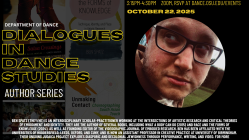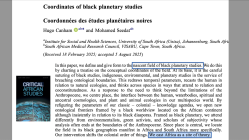I turquoise-sunray-polish it;
I tzinitzcan-bird-feather-mount it;
I recall the place where song originates.
I zacuan-bird-arrange a good song;
I the singer;
I precious-turquoise-scatter it.(Cantares Mexicanos, trans. Tomlinson 2007: 74)
For years I used the phrase song-action to refer to my embodied research practice. This had the advantage of a degree of technical precisions because action in this sense refers specifically to the kind of organic psychophysically engaged movement that Jerzy Grotowski valued in the later work of Konstantin Stanislavsky. An additional reference point was Massimiliano Balduzzi’s rich pedagogy of exercise-actions. However “song-action” always felt a bit clumsy to me and in some ways too narrow.
I found the term songwork in Gary Tomlinson’s book The Singing of the New World: Indigenous Voice in the Era of European Contact (Cambridge University Press 2007), where he uses it to name the kind of analysis that we might hope to do of powerful but historically unreachable musics. Where recovery of the technical details of early colonial indigenous music may not be possible, something else just as vital can be attempted:
Here we discern how the cantares once opened out to touch the world, how their sung and drummed performance answered to a constellation of expectations concerning their expressive powers and their entailments with the non-songish things around them. Call it a supraperformative level, where we can glimpse not so much the specific manner in which a song was presented as what work its performance was expected to achieve. Behind and beneath this, in turn, we perceive the unspoken conditions of musical and ritual knowledge on which these expectations were founded. At this nexus of songwork, fixed between the most specific practices of song and dance and archaeological cultural values, a sung texture of indigenous and colonial aims emerges. (Tomlinson 2007: 51)
I take songwork to name a zone of embodied technique that encompasses more than can be written or analyzed through any notation system but which is still resolutely embodied and technical rather than a merely cultural or formal analysis. In the quotation above, Tomlinson strings English words together along threads of hyphens in order to translate the “verbal exaltation of the singer’s powers by means of an amassing of long compounds” found in the Nahua cantares. Both the spiritual force of these compounds and the decolonial politics of Tomlinson’s deep archival project have led me to adopt songwork as the name for my ongoing embodied research practice.






